Powder metallurgy is the technology of making metal powder or using metal powder (or mixture of metal powder and non-metal powder) as raw material, through forming, sintering, and manufacturing metal materials and various types of products. There are some similarities between powder metallurgy and ceramic production, which belong to powder sintering technology. Therefore, The metallurgy technology can also be used in the preparation of ceramic materials. Due to the advantages of powder metallurgy technology, it has become the key to solve the problem of new materials and plays an important role in the development of new materials.
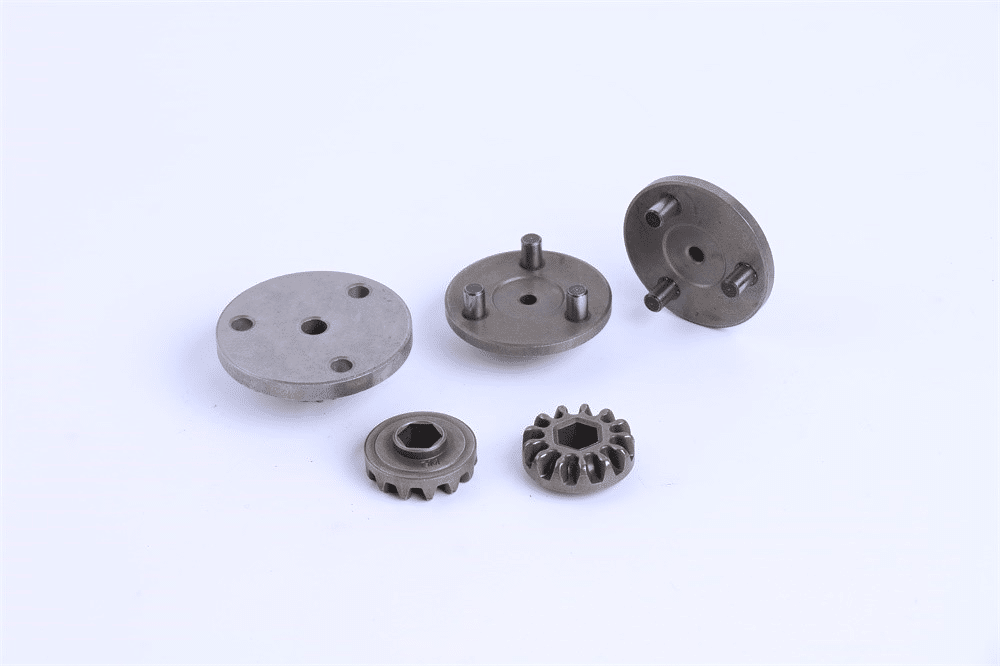
Application fields of powder metallurgy
First of all, powder metallurgy technology can minimize the segregation of alloy components and eliminate the coarse and uneven casting structure. It plays an important role in the preparation of high performance rare earth permanent magnetic materials, rare earth hydrogen storage materials, rare earth luminescent materials, rare earth catalysts, high temperature superconductors and so on.
Secondly, a series of high-performance materials such as amorphous, microcrystalline, quasicrystal, nanocrystalline and supersaturated solid solution are prepared. These high-precision materials have excellent electrical, magnetic, optical and mechanical properties.
Then using powder metallurgy technology can easily realize various types of composite, give full play to the characteristics of each group of source materials, which can be said to be a low-cost production of high-performance metal matrix and ceramic composite technology.
In addition, powder metallurgy technology can realize near net shape forming and automatic mass production, and also can effectively save production resources and reduce energy consumption.
Using powder metallurgy technology can make full use of ore, tailings, steel-making sludge, steel mill scale, recovery of waste metal as raw materials. It is a new technology that can effectively carry out material regeneration and comprehensive utilization.
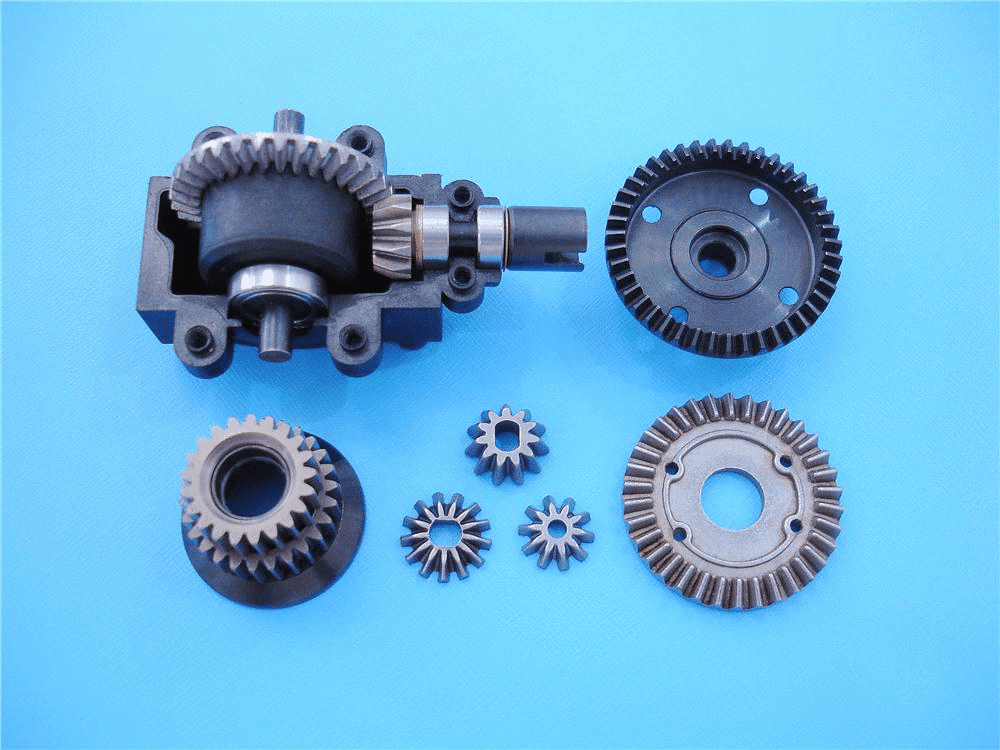
Advantages of powder metallurgy process
1. It can process special materials. Materials powder metallurgy can be used to manufacture refractory metals, compounds, false alloys and porous materials.
2. Save metal and reduce cost. Because powder metallurgy can be pressed into the final size of the compact, no need to use machining. The loss of metal produced by this method is only 1-5%, while that of general processing is 80%.
3. Prepare high-purity materials. The powder metallurgy process does not melt the material in the material production process, and it will not mix with the impurities brought by other substances. The sintering is carried out in the vacuum and reduction atmosphere, and it is not afraid of oxidation or any pollution of the material. Therefore, the purity of the product is relatively high.
4. Correctness of material distribution. Powder metallurgy can ensure the correctness and uniformity of the material composition in the proportion.
5. Mass production reduces cost. Powder metallurgy is suitable for the production of products with a large number of uniform shapes, such as gears and other products with high cost, which can greatly reduce production costs.
Disadvantages of powder metallurgy process
1. The strength and toughness of P / M products are poor. Because the internal pores of the pressed billets can not be eliminated completely, the strength and toughness of P / M products are worse than those of castings and forgings with corresponding components.
2. Powder metallurgy cannot be made into large products. Because the fluidity of metal powder is worse than that of liquid metal, its shape and size will be limited to a certain extent, and its weight will not exceed 10 kg.
3. The cost of die is high. Because the cost of die manufacturing is too high, it is only suitable for mass production.
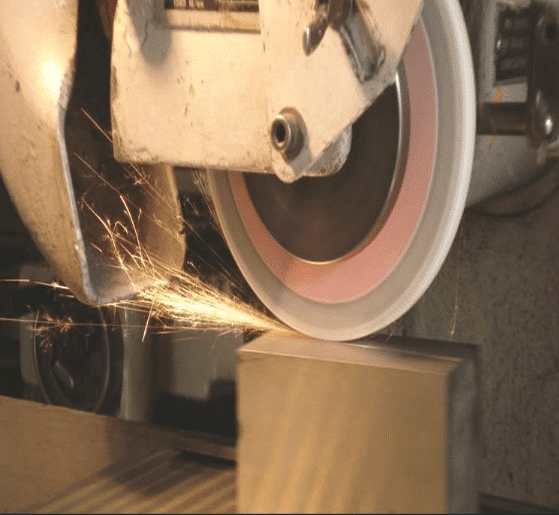
Natures of the powder is vital
Powder is a general term for all properties, including the geometric properties (particle size and shape), chemical properties, mechanical properties and physical properties of powder. These properties can’t be obtained by traditional casting method. To a large extent, powder properties often determine the properties of P / M products.
Granularity. It is shrinkage during sintering and the final performance of the product, which can affect the processing and forming of the powder. Some properties are almost directly related to particle size. For example, the filtration accuracy of filter material can be obtained empirically by dividing the average particle size of the original particle by 10.
The particle shape of the powder. It depends on the pulverizing method, such as the powder produced by electrolysis, the particles are dendrite like; the iron powder produced by reduction method is sponge like. In addition, some powders are egg, disk, needle, onion, etc. The shape of powder particles will affect the fluidity and bulk density of powder. Because of the mechanical meshing between particles, the strength of irregular powder is also large, especially for dendrite powder. But for porous materials, spherical powder is the best.
Mechanical properties the mechanical properties of powder are the technological properties of powder. It is an important technological parameter in powder metallurgy forming process. The loose density of powder is the basis for weighing by volume method during pressing; the fluidity of powder determines the filling speed of powder to the die and the production capacity of the press; the compressibility of powder determines the difficulty of pressing process and the pressure applied; and the formability of powder determines the strength of the billet.
The chemical properties mainly depend on the chemical purity of raw materials and the method of pulverizing. The higher oxygen content will reduce the pressing performance, the strength of compacts and the mechanical properties of sintered products, so there are certain specifications in most of the technical conditions of PM.
Powder metallurgy has unique chemical composition, mechanical and physical properties which can not be obtained by traditional casting methods. Porous, semi dense or fully dense materials and products, such as oil bearing, gear, cam, guide rod, cutter, etc., can be directly made by using powder metallurgy technology. It is a kind of powder metallurgy product that needs little or no cutting.
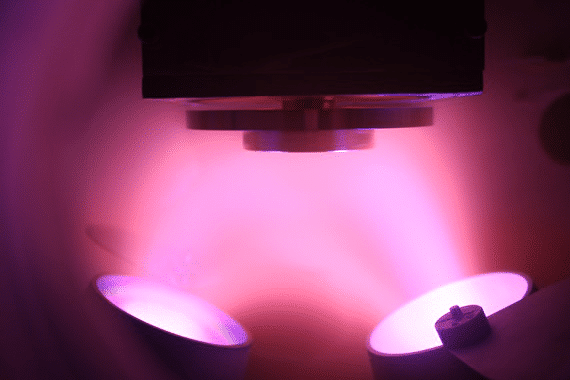
Common powder metallurgy forming process
Grinding process
Grinding refers to the processing method of cutting off redundant materials on the workpiece with abrasive and abrasive tools.

Planing
Planing is a kind of cutting method which uses a planer to make horizontal relative linear reciprocating motion on the workpiece. It is mainly used for the shape processing of parts. The precision of planing is it9 ~ it7, and the surface roughness Ra is 6.3 ~ 1.6um.
Metal deposition
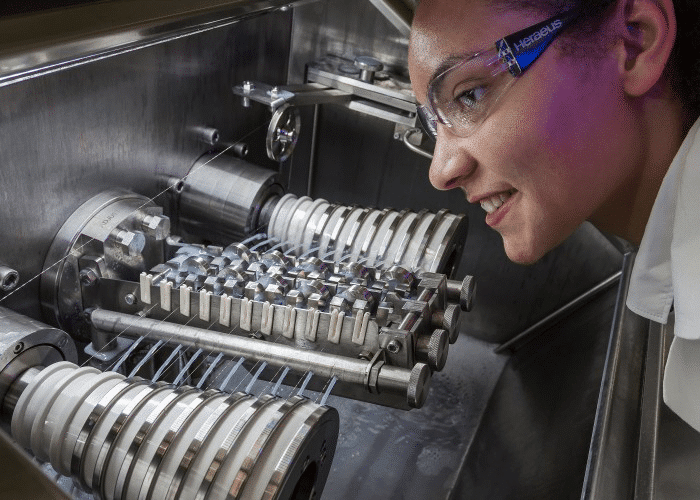
It is similar to the “milking oil” type of molten deposition, but the metal powder is ejected. In addition to spraying metal powder materials, the nozzle also provides high-power laser and inert gas protection. In this way, it will not be limited by the size of the metal powder box, and can directly produce larger parts, and it is also very suitable for the repair of local damaged precision parts.
Turning
Turning is one of mechanical machining methods. Spinning work piece gets processed by turning bits on working platform of lathe.It efficiently machines work piece consisting of spindle, plate, casing, and that with rotary surface. It’s safe to say turning is the most widely applied lathe machining in machine manufacturing. Turning is a method of cutting workpiece by using workpiece rotation relative to cutter on lathe. The cutting energy of turning is mainly provided by workpiece rather than tool. Turning is suitable for machining the rotating surface. Most of the workpieces with the rotating surface can be machined by turning methods, such as the inner and outer cylindrical surface, the inner and outer conical surface, the end face, the groove, the thread and the rotating forming surface, etc. the tools used are mainly turning tools.

Drawing processing
Drawing process is a kind of plastic processing method which pulls the metal blank out of the die hole smaller than the section of the blank by the help of external force to obtain the corresponding shape and size of the product. Because drawing is usually carried out in cold state, this process is also called cold drawing or cold drawing.”









